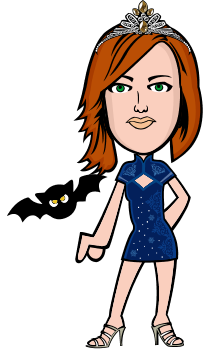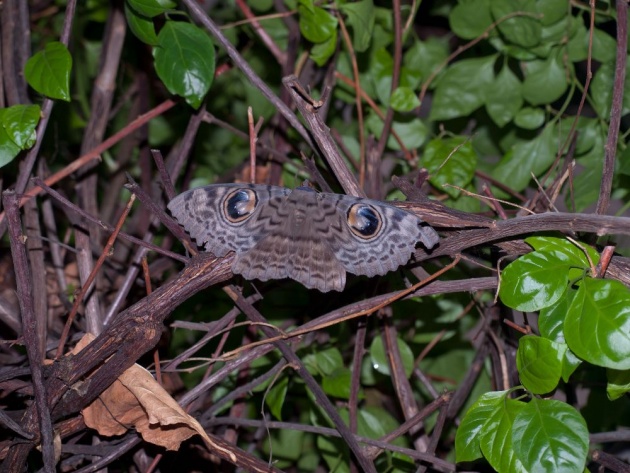 image source: www.google.com
image source: www.google.com
Hello, everyone!
I want to write about nature again as I love it so much that I can't help myself but share all I know about it. And more specifically - I will talk about mimicry and/or camouflage. These are two of the nature miracles which always fascinated me and made me admire.
So what are these processes called mimicry and camouflage? Well, it depends whether we are referring to people or animals/plants. In this blog, I'm not going to discuss humans, only the zoological and botanical aspects of both phenomena. Here are the definitions:
MIMICRY
A superficial resemblance of one organism to another or to natural objects among which it lives that secures it a selective advantage (as protection from predation).
CAMOUFLAGE
Something (such as color or shape) that protects an animal from attack by making the animal difficult to see in the area around it.
Camouflage can be seen everywhere around us. Every tree - even in urban areas - can have little insects trying to pretend they are part of the tree, or bugs can try to imitate the color of ground or stones. This process is so diverse and includes so many species that I don't think anybody managed to explain it thoroughly so far.
On the other hand, mimicry is an intelligent way of animals to get an evolutionary advantage and survive through time. Whether we are talking about imitating another animal or a plant, or even an object, the way it is achieved is impressive.
Types of Mimicry
Mimicry is divided into several types by science (biology). And each of these types was named after the scientist who first observed that process. Biology states about two main types of mimicry and these are Batesian mimicry and Müllerian mimicry. But these are all formal terms meant to describe the effort of the scientists to categorize the process. Speaking less scientifically, mimicry and the so-called camouflage have a few varieties:
1. Color imitation - animals change the color of their bodies so that they imitate another animal or the surrounding objects/environment. Very common is changing to brighter colors because those give a warning to other species and are usually perceived by them as dangerous. If a harmless animal changes its color to bright yellow or green for example, that can mislead its enemies to think this mimic is poisonous.
 image source: www.pixabay.com
image source: www.pixabay.com
2. Shape imitation - animals can try to change their shape either by adjusting their color to create a visual illusion of a different shape or by changing their position to make them look like an object (a branch, a leaf, bark). These imitations are practiced by many caterpillars, insects, reptiles, etc.
3. Plant mimicry - many plants change their entire appearance at certain periods of the day in order to stay safe from insects or other animals. Another option is just the opposite - they change their shape to look attractive for insects and ensure the spread of their pollen.
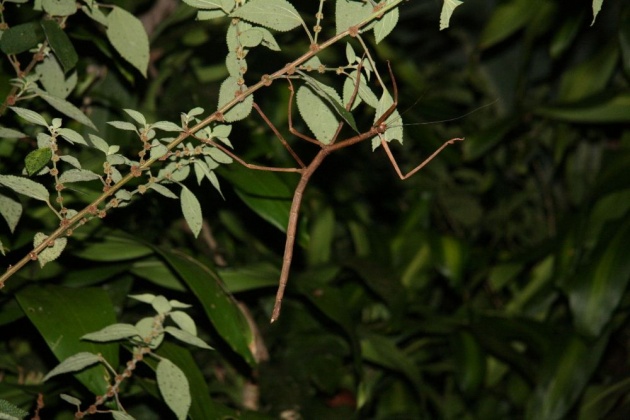 image source: www.google.com
image source: www.google.com
The phenomenon of mimicry is described in detail by biology and zoology; there is a scientific classification depending on the purpose or the species using this protection. But, the main idea is that animals/plants developed these methods to preserve themselves through their evolutionary path. Using mimicry doesn't guarantee that a creature will stay alive, this just gives it an additional option to deceive its enemies. As that's the whole point in evolution - only the smartest or the strongest survive. I can say, mimicry is an intelligent evolutionary method for the species which use it.
video source: www.youtube.com
Let's take a look at some examples of mimicry and camouflage in nature.
Chameleon
I'll start with this animal because it is well-observed since it has also been used as a pet. Chameleon is considered to use camouflage, rather than mimicry. This strange-looking reptile can modify its colors with an impressive speed if it changes its environment. The color of a chameleon can vary to any tone, even a mix of colors. How does this happen? By using pigmentation of the skin, basically, the cells of the skin contain the pigments of the three colors - yellow, red and blue. Making a certain combination of these can change the skin color to any of the color palette. In fact, those colors are the same that are available everywhere in nature: the yellow is caused by the same pigment cells (chromatophores) which are contained in plants, fish, the human body, etc. The red pigment (erythrophore) is the same one that is contained in other reptiles and fish to give their color. And so on... Chameleons just developed the quality to use those pigments for their own purposes.
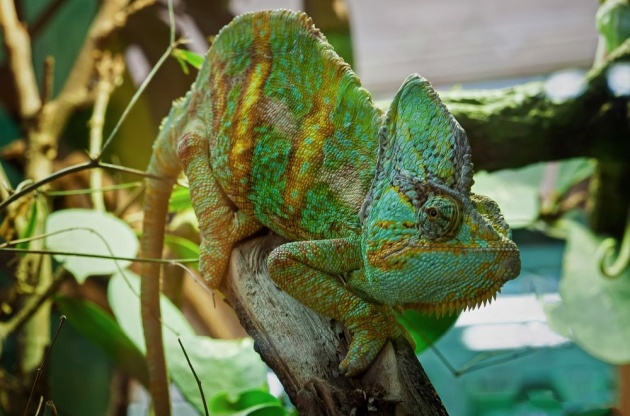 image source: www.pixabay.com
image source: www.pixabay.com
The main reason chameleons change the color of their skin is for protection from predators. Transforming their look to be similar to the colors of nature can make them difficult to identify or even invisible to an untrained eye. Another advantage chameleons developed through time for the purpose of adaptation and protection is their eyes. They are capable of moving their both eyes independently, and thus they don't need to move their body to watch everything that's happening around them. That gives them a great leverage while hunting.
video source: www.youtube.com
Lizards and Snakes
Camouflage is very common for many kinds of lizards. Just a few examples are the viviparous lizard and the green lizard. They have the color of their habitats - the green lizards usually live in green areas. Viviparous lizards melt into the rocks, sand or soil with their multicolored bodies. That protects them from the sight of predator birds, such as eagles, hawks, etc. Their enemies experience difficulties recognizing and hunting them due to their colors, and the distance makes them even less distinctive.
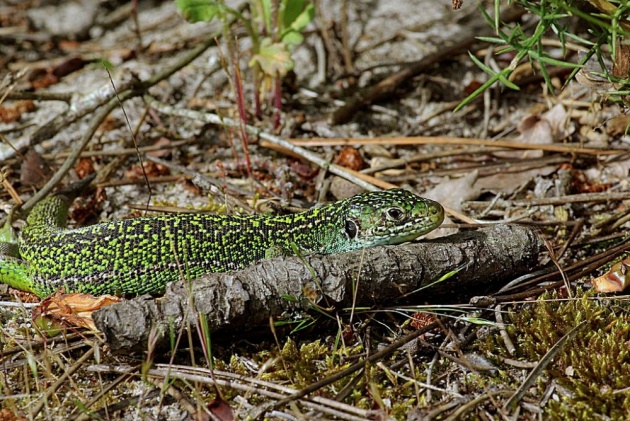 image source: www.google.com
image source: www.google.com
Snakes also imitate each other. One of the most poisonous snakes in the world - the coral snake - actually has a twin, which is absolutely harmless (the milk snake). But, having the same colors helps this animal deceive it's harmless, as well. Of course, the colorations of both snakes are well-studied and known, but it's more difficult in the wild nature. Your memory needs to be extremely good to recall all the red and yellow rings together with their arrangement.
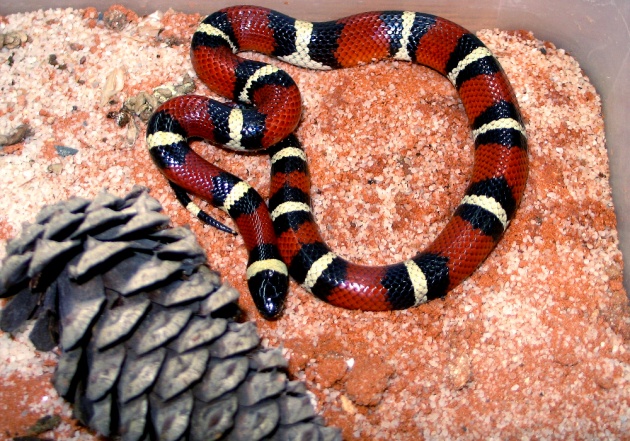 image source: www.google.com
image source: www.google.com
Stinging Insects Mimicry
This group of insects consists of many species, most of them are from the family Syrphidae (or hoverflies), including bee-looking fly, wasp-looking fly, etc. The common in all of them is that they don't sting since they are just flies, but the shape and the colors of their bodies are similar to the ones of the stinging insects. In fact, they are so good in mimicking that they can confuse even humans about being dangerous. So, their natural enemies avoid such species because they look as the original - with dark and yellow stripes, similar shape, etc. Animals react on physical features of nature almost intuitively; they see the features of a potentially dangerous insect, and then they avoid it due to the warning sent by their nervous system. However, that's only valid when the imitation is close enough to the imitated insect.
 image source: www.google.com
image source: www.google.com
Mimicry in Other Species
Mimicry is not reserved only for animals; it also appears in some plants for various purposes. I'll point out some examples and their way of expressing mimicry/camouflage:
– Fungi - poisonous species often have a similar visual look to common edible mushrooms. Fungi are not actually plants, but I'll put them in this category for the sake of simplicity.
– Plants looking similar to stones or part of the rocks. That prevents them from being used as a food by herbivores.
– Some of the weeds developed the features of cultivated plants in order to be considered healthy, as well.
– Bee orchid which colors its blossom to make it seem like the insect, in an effort to attract male bees.
 image source: www.google.com
image source: www.google.com
Another interesting form of mimicry is called automimicry. It occurs when a certain specimen develops the quality to imitate itself or its own behavior. This is also a process, created for the purposes of evolution and making species stronger in their abilities to survive. An example of automimicry is when one gender tries to mimic the other (male behave as female and vice versa).
Mimicry and camouflage are widely observed under the water in the seas and the oceans. Many small and big animals have a sandy coloration which helps them melt into the aquatic environment. Some of them, like demersal fish, use their shape to be invisible for others, hiding in the lowest water levels. These are thornback ray, common stingray, many types of Rapana, crabs, etc.
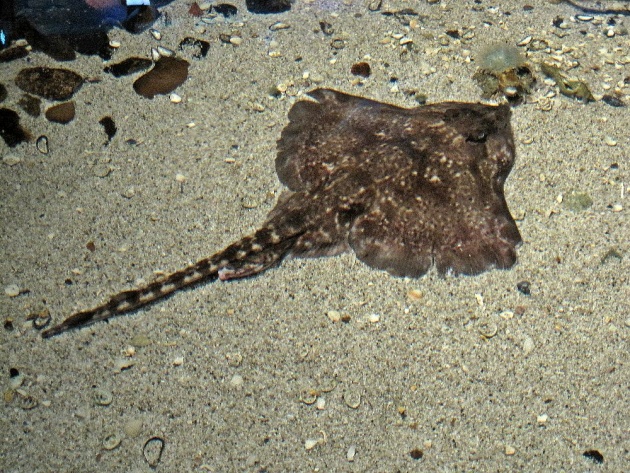 image source: www.google.com
image source: www.google.com
Although the main purpose of mimicry/camouflage is protection it also serves other goals. One of them is the following: predators often merge with the environment while hunting (e.g. mantis, leopard). That makes them hardly noticeable by their victim thus allows them to catch their prey easily. For example, the mantis uses the shape of its body and segments, changes its location and posture to deceive prey and remain unnoticed.
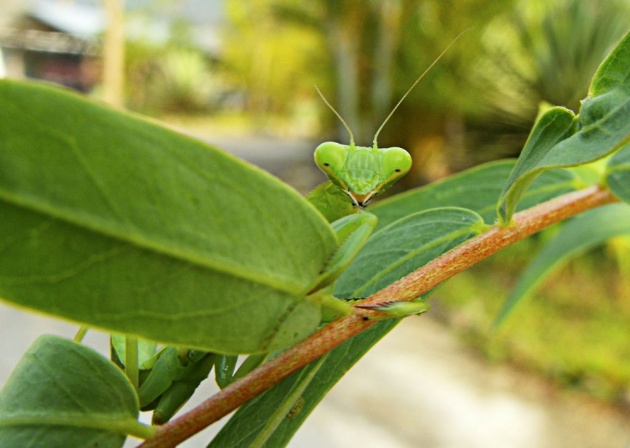 image source: www.pixabay.com
image source: www.pixabay.com
Camouflage and mimicry are tightly connected to evolution and adaptation. In a dynamically changing world, the species needed a method to help them fit in the current conditions. Both methods are unique evolutionary processes, which were being developed for a long time and are still being upgraded by nature. They demonstrate the beauty in the efforts of living beings to survive in natural selection.
Thanks for reading!
- NinaB

